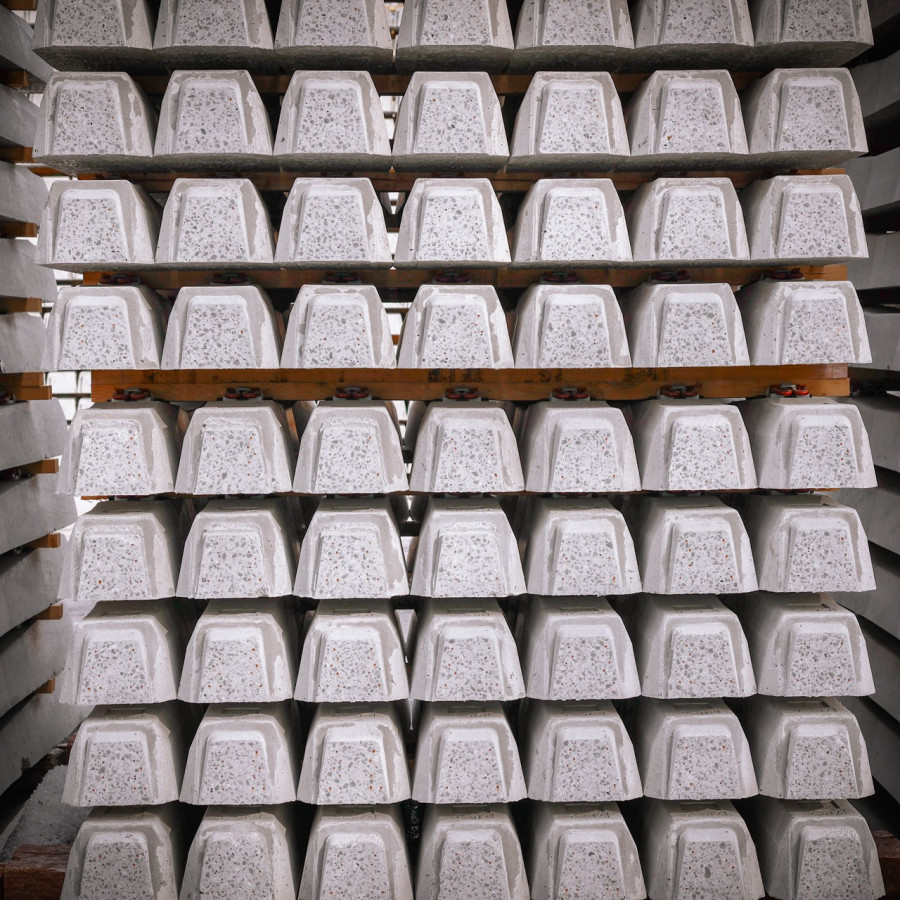HM Industrisement (CEM II/A-L 42,5 R)
The new Industrisement (as of 2024) will reduce greenhouse gas emissions . The large reduction is mainly achieved by reducing the clinker content and increasing the limestone filler content in the cement. This means that the cement type has changed from CEM I to CEM II/A-L according to NS-EN 197.
To ensure that the cement continues to have high early strength, the clinker part of the cement is ground finer than today's Industrisement. 1-day strength will be around 31 MPa and 28-day strength around 55 MPa. Mouldability/water requirement and colour will be similar to today's Industrisement.
Change in conditions of use
The transition from CEM I to CEM II leads to a change in two conditions:
- The maximum mass ratio in M60 will be 0.50 (ref. NS-EN 206+NA, table NA.12). For M45/MF45 and M40/MF40, documentation has been carried out with mass ratios of 0.45 and 0.40 so that the cement fulfils the same requirements as today's Industrisement
- The cement cannot be used in the SuR (Sulphate Resistant) classes (ref. NS-EN 206+NA, table NA.13).
In the production of SuR concrete, a binder with Standardsement FA with extra added fly ash/silica can be used, so that the content of limestone filler is less than 5% of the total binder content. Alternatively, Anleggsement FA can be used since the limestone filler content is below 5% in this cement.
You can find current key parameters and terms of use here

